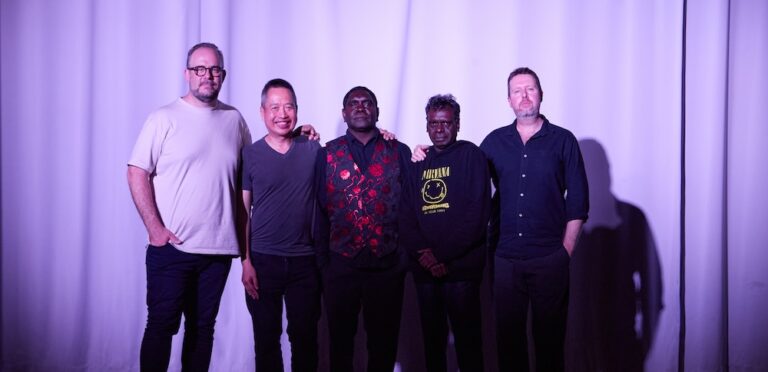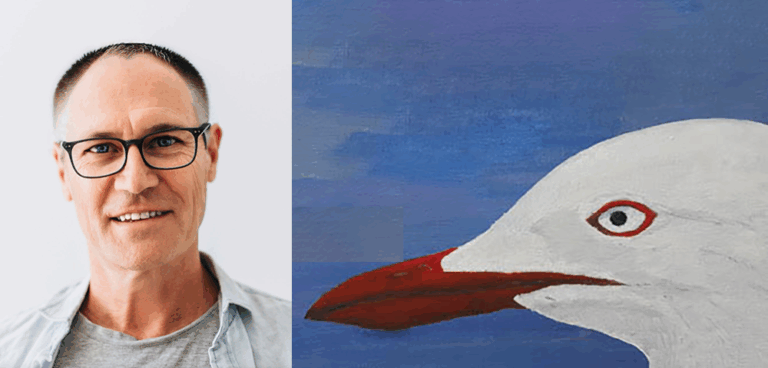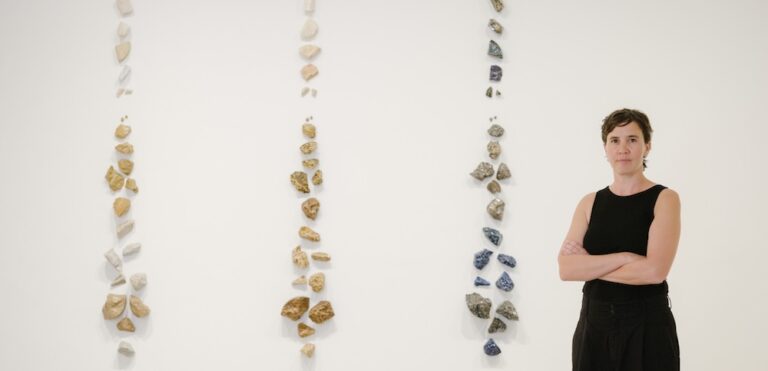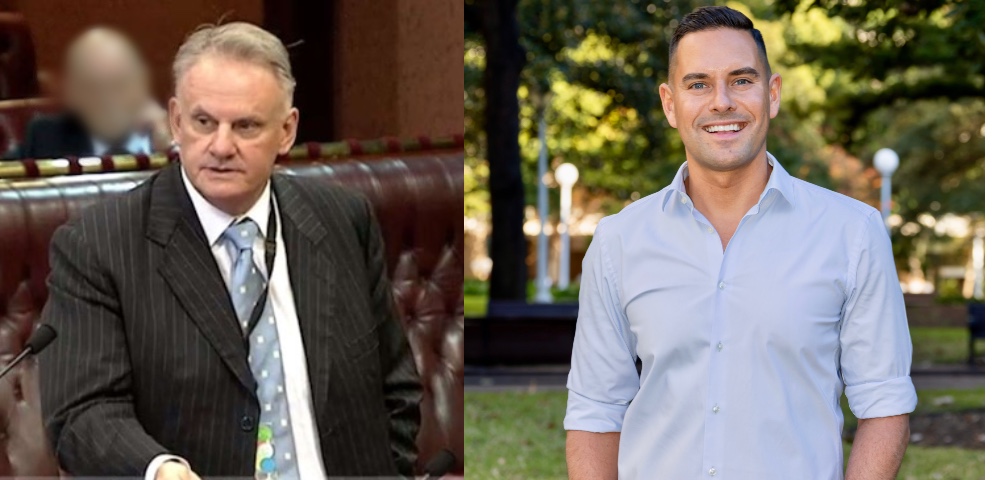
Sustainable living opens up
Sticky-beaking is the latest social activity to take on a green tint, with a record 160 properties opening their doors to the public for this year’s Sustainable House Day on Sunday, September 13.
The initiative allows the public to study different aspects of sustainability in buildings which have been designed, built or fitted-out towards that purpose, and allows them to talk to owners about their experiences. “[The day] provides a chance for people to exchange ideas and learn from each other and visits to the houses are free of charge – so it will cost nothing to see how easy and economical the move to greener living can be,” said event manager Judy Celmins.
Michael Mobbs, of Chippendale, gave his terrace house a ‘sustainable makeover’ in 1996. Notable features of the century-old structure include a 10,000-litre underground rainwater tank, water harvesting systems (including a small wetland in the backyard which forms a part of the recycling arrangement), solar panels, and facilities to keep chickens for eggs.
Although the notion of sustainable living is steadily moving into the mainstream, Mr Mobbs adopted the concept wholeheartedly well before it hit the headlines. “I was listening to myself whinge one day about how the government should do this and do that, and it occurred to me I should do something about it myself,” he said. “When I did it in 1996, it wasn’t on anyone’s agenda. I had to do two years’ research – reading about tanks, pumps, sewage and rainwater.”
This proactive approach was relatively costly for Mr Mobbs. As an early adopter, he paid more than twice as much to ‘greenify’ his home as the same renovations would cost today. “It cost me $48,000 then, but if I did it now it’d cost me $20,000,” he said. He adds, however, that such an exercise can save up to $2,000 a year in running costs, and is tax-free.
Architect Caroline Pidcock has been interested in sustainability since 1992. Her workplace office in Redfern is a demonstration of sustainability principles being applied to existing premises. Originally an 1850s sandstone cottage with limited natural lighting, adaptive reuse of the existing building and materials have resulted in a commercial space with a focus on sustainable practice. “People don’t appreciate the importance of some strategic thinking – often solving the biggest problem holds the key to the solution,” Ms Pidcock said. In her case, that meant the reinstatement of one courtyard within the cottage, plus the creation of another. “It didn’t look sustainable [initially], but I think that’s one of the important things – giving sustainability widespread applications.”
A full list of buildings open for Sustainable House day, including those of Michael Mobbs and Caroline Pidcock, can be found on www.sustainablehouseday.com. Entry is free.









